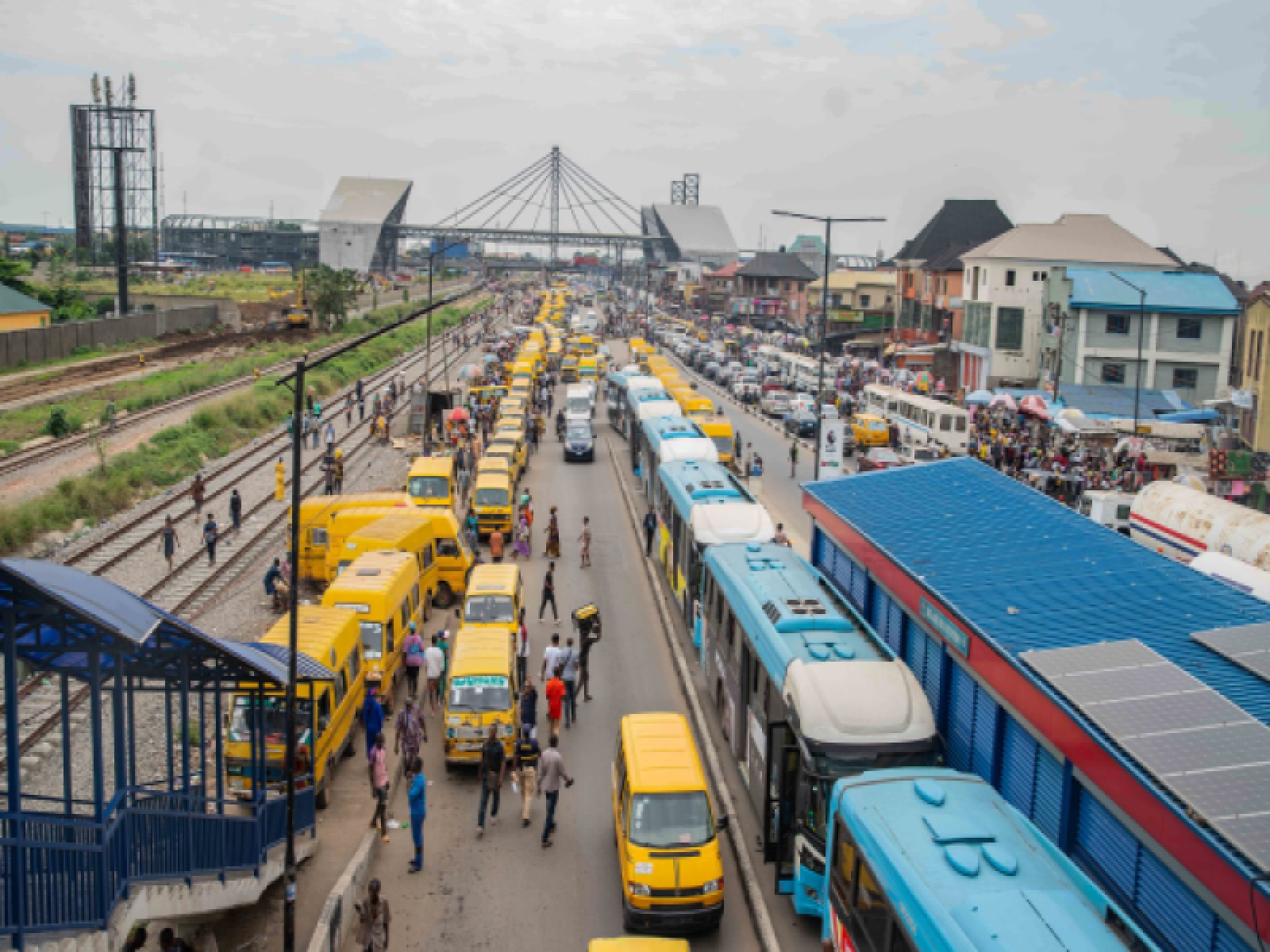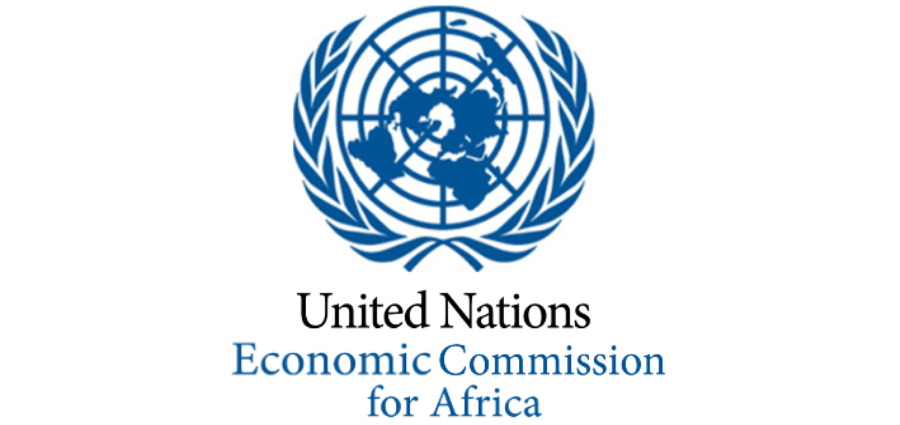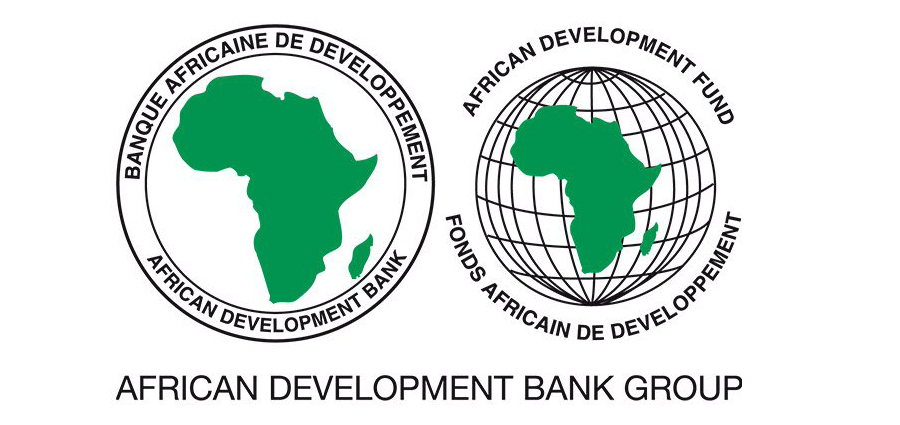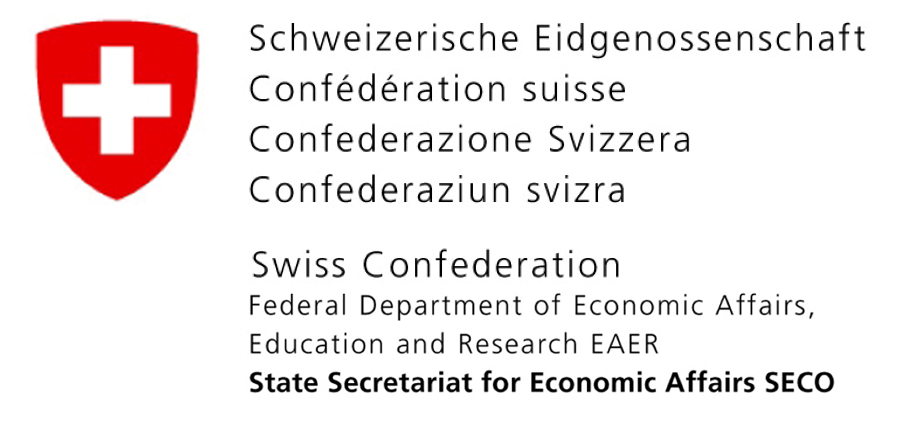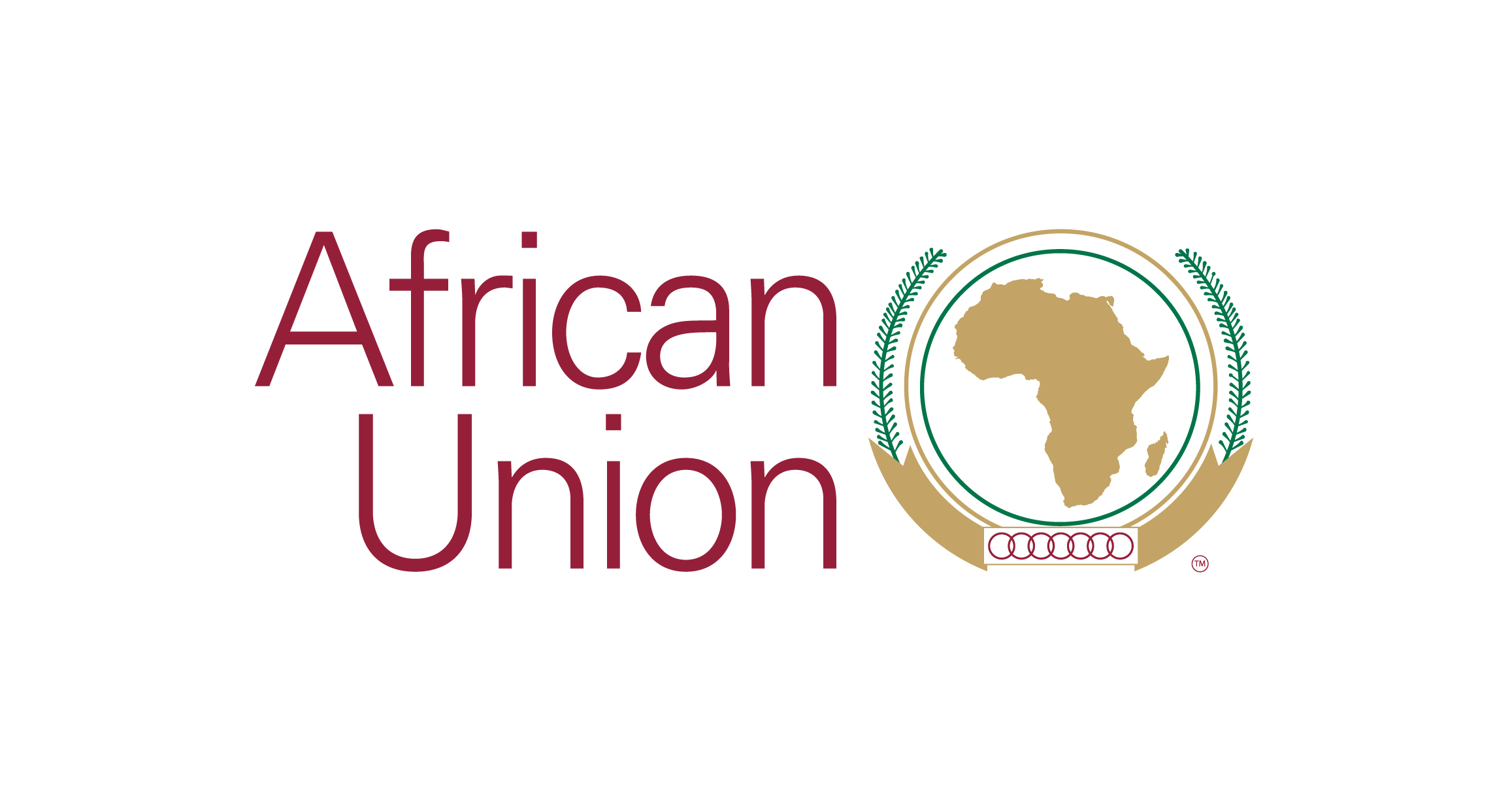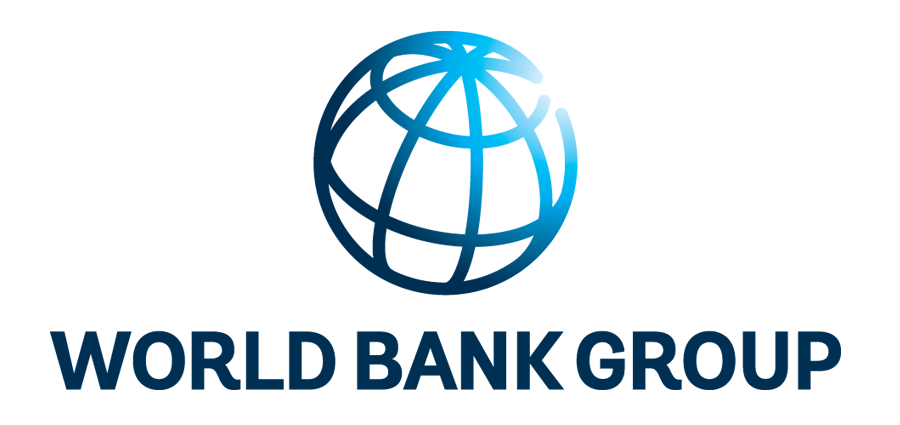Insights into building the capacity of paratransit operators in African cities
Recognizing the need to improve the services of the “informal” bus transport or paratransit sector, this activity is at the center of the Sustainable Urban Mobility and Accessibility (SUMA) pillar of SSATP’s Fourth Development Plan (DP4) and is part and parcel of the overall objective of decarbonizing the transport sector in Africa. To build on the findings of a broad SSATP study on the challenges and opportunities to improve the informal transport sector (see report entitled Myths and realities of “informal” public transport in developing countries: Approaches for improving the sector (2021) and continue the discussion, on January 10, 2023, SSATP hosted a webinar to share lessons from experiences building the capacity of paratransit operators in African cities.
The webinar kicked-off with presentations on (i) the conceptual framework to develop paratransit capacity programs; (ii) the experience of the Paratransit Consultative Forum in Kampala; and (iii) the main lessons learned from the paratransit industry capacity program conducted in South Africa, most notably during the first and second phases of the MyCiTi system implementation in Cape Town. To complement these interventions, key stakeholders from Dakar, Lagos and Kampala shared their first-hand experience in the process of engaging with and integrating the paratransit sector as part of the solution to improving public transport services in their respective cities.
The main takeaways from the webinar discussions are as follows:
- Transport authorities on the continent are increasingly recognizing the importance of paratransit services as a key component of the public transport system. They are no longer solely focused on the introduction of mass rapid transit, considering the improvement of paratransit services to be a key objective in itself. Dakar was a pioneer, with its industry corporatization and fleet renewal program initiated in the 1990’s. Cape Town and Lagos have also recognized the need to complement their BRT systems with upgraded paratransit services (partly because of the cost of operating BRT services), and Kampala is laying the groundwork for a successful integration of minibus taxi operators in a future BRT system.
- Capacity building programs tend to have more impact when associated with a catalyst, such as a large public transport investment project. Their main goal is to improve the service delivered to users through the gradual professionalization of the paratransit industry. In the case of Dakar, for example, the fleet renewal program acted as a catalyst. In Cape Town, the BRT project was also a catalyst to rally all stakeholders.
- Building the capacity of the paratransit industry should be approached as a transformational process rather than in a transactional manner. Participatory methods that engage and empower the participants are critical to obtain the buy-in of stakeholders that might initially be reluctant to take part in such initiatives. Capacity building programs need to create a conducive climate for exchange and provide mechanisms to build trust and resolve conflict. Rather than adopting an output-driven approach, establishing a mechanism to support ongoing dialogue has proven critical in the case of Kampala. The Paratransit Consultative Forum served as a platform through which various capacity building activities were anchored: training sessions, negotiations, organization of surveys and study tours.
- Building capacity takes time; cities considering the implementation of ambitious public transport reforms should initiate this process well before the development of new infrastructure or services. The Cape Town program to capacitate minibus taxi operators and enable them to play a central role in the BRT system was rolled out over three years. Similarly, in Kampala, establishing a climate of trust and openness was achieved over several years through the Paratransit Consultative Forum.
- Training programs that build on the existing knowledge of participants and let operators identify gaps and training priorities have proven more successful than top-down approaches (e.g. in Cape Town).
The webinar attracted more than 150 participants from 60 countries (of which 35 were from Africa).. From the high-levels of attendance and engagement throughout the webinar, it is clear that the need for a better understanding of the paratransit sector and how to integrate it in a decarbonized public transport system is growing. With this in mind, in the coming months, SSATP plans to organize a series of follow-up webinars to deepen the discussions.
Webinar Materials:
-
A perspective on how to address the capacity needs of the paratransit industry in African cities - presentation by Nico McLachlan
-
Consultative Forum/Paratransit Engagements for Greater Kampala: Where we are and where we have come from – presentation by Amanda Ngabirano
-
Paratransit capacity building program: Experience in Cape Town - presentation by Herrie Schalekamp
Related Reading:
-
Myths and realities of “informal” public transport in developing countries: Approaches for improving the sector –report by Ajay Kumar, Sam Zimmerman, and Fatima Arroyo-Arroyo (SSATP)
-
Lessons from building paratransit operators’ capacity to be partners in Cape Town’s public transport reform process – article by Herrie Schalekamp
